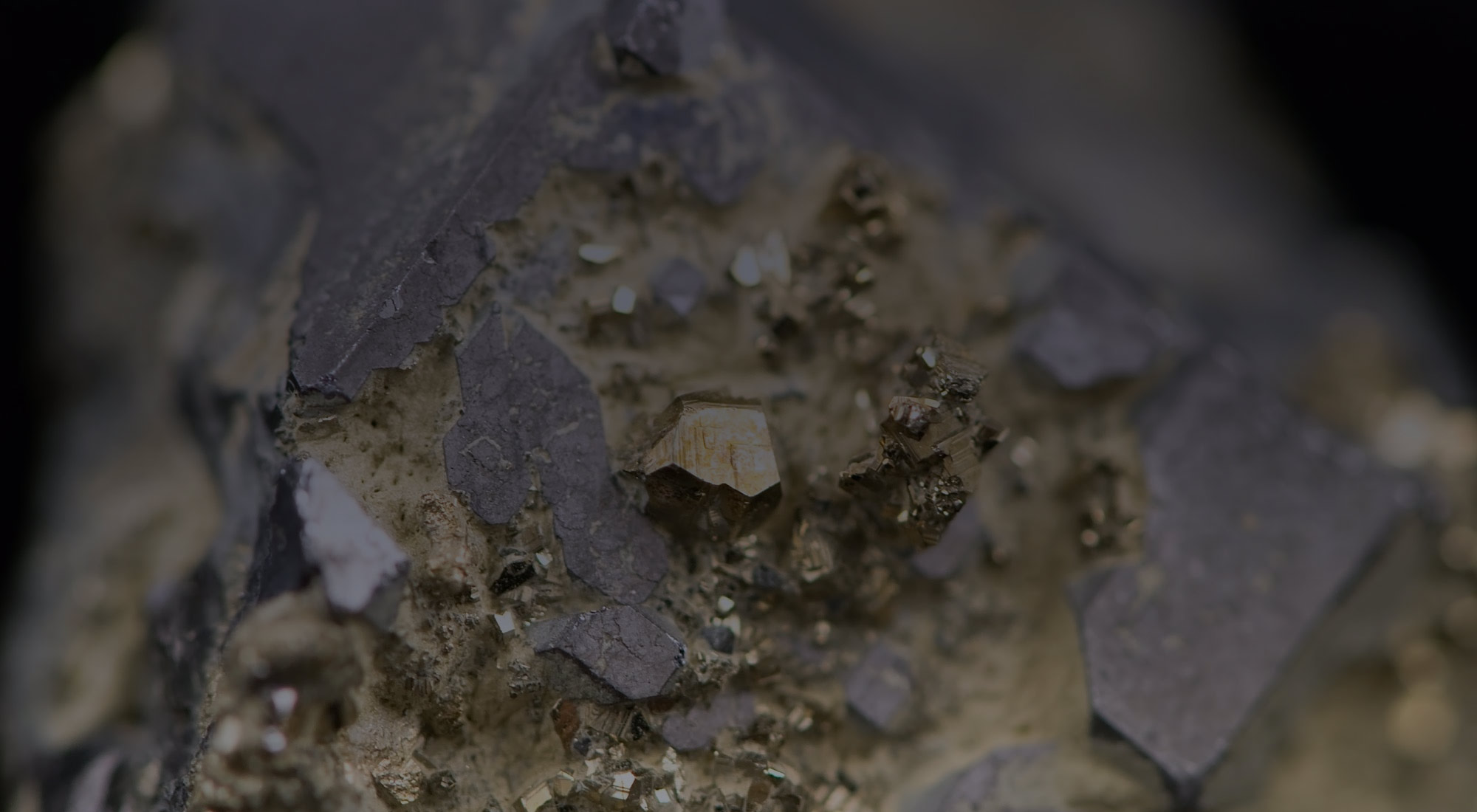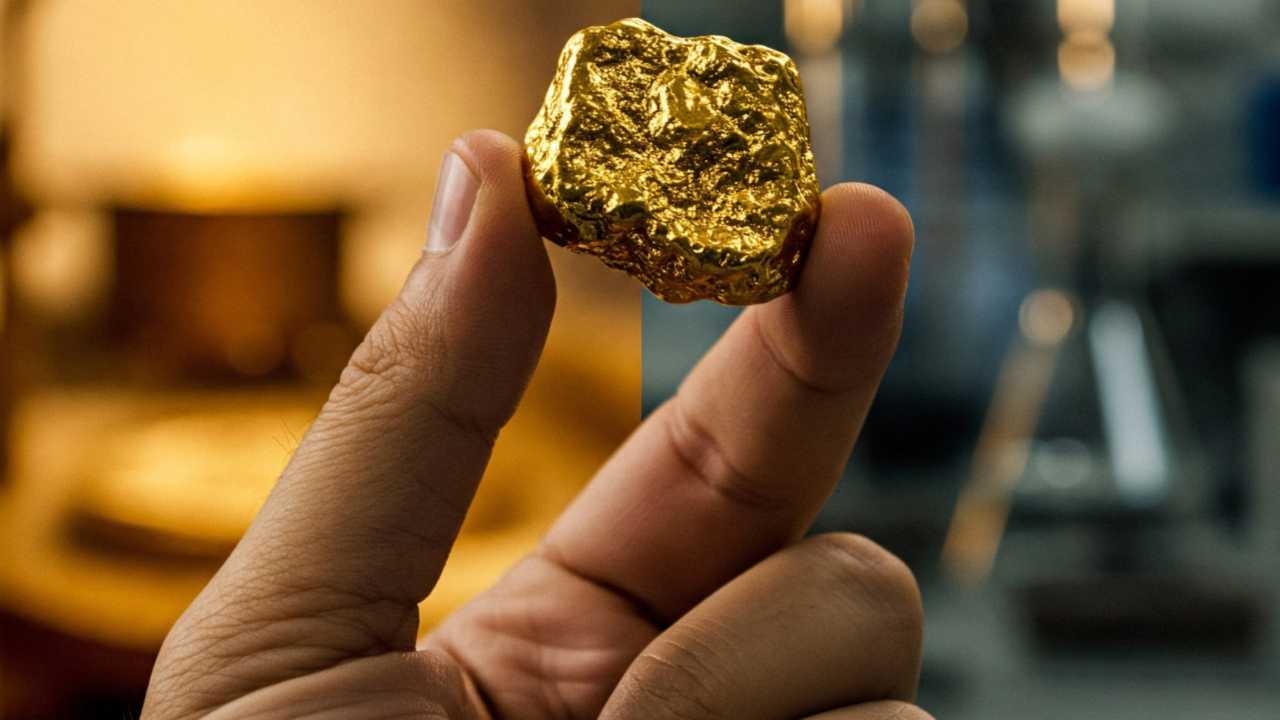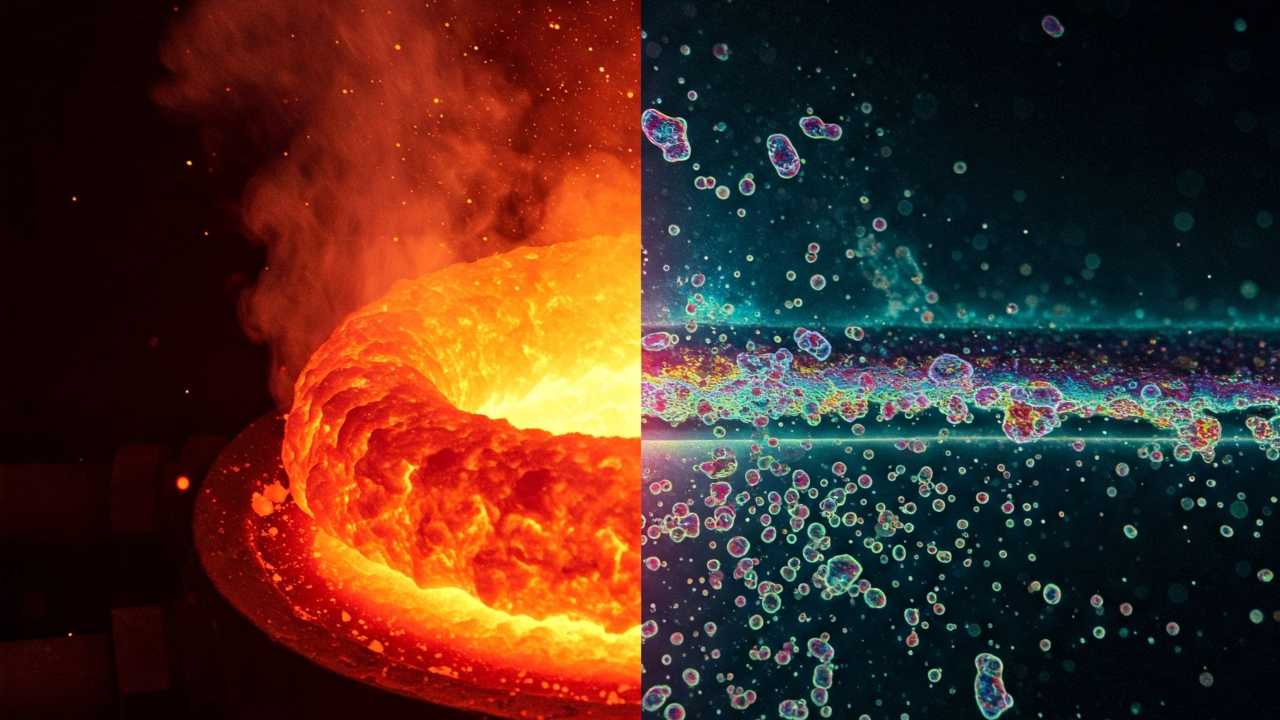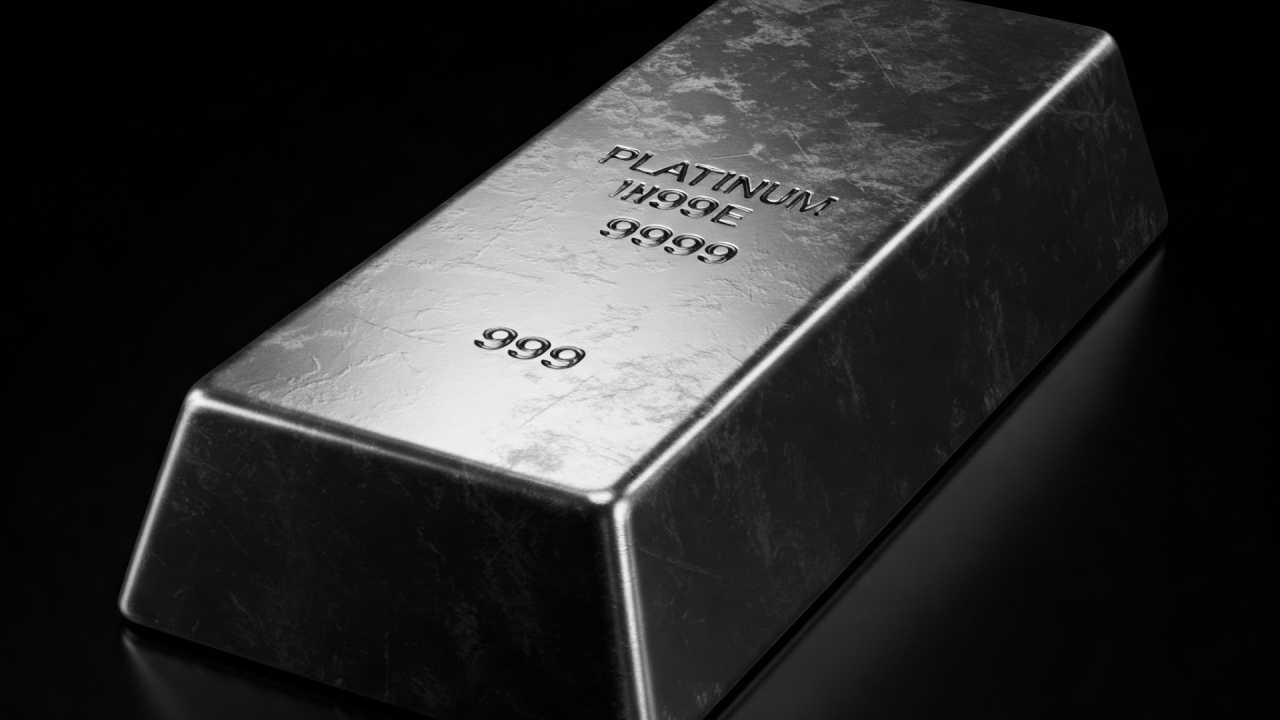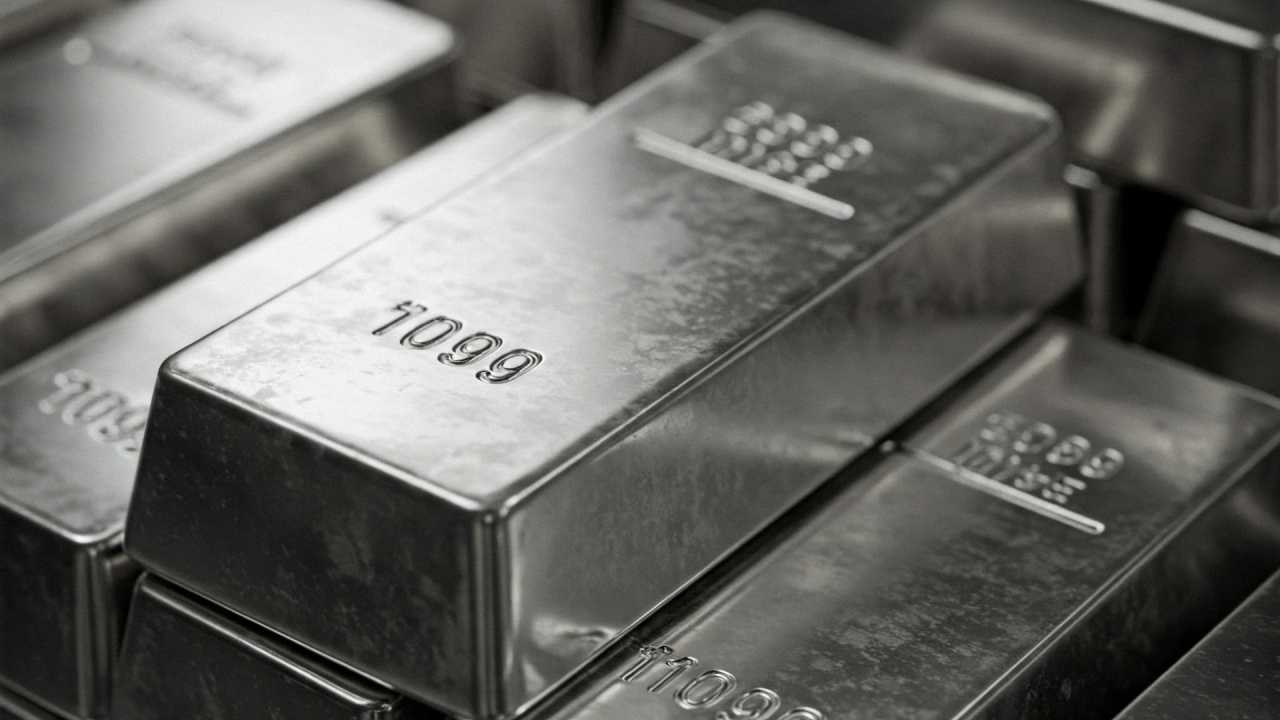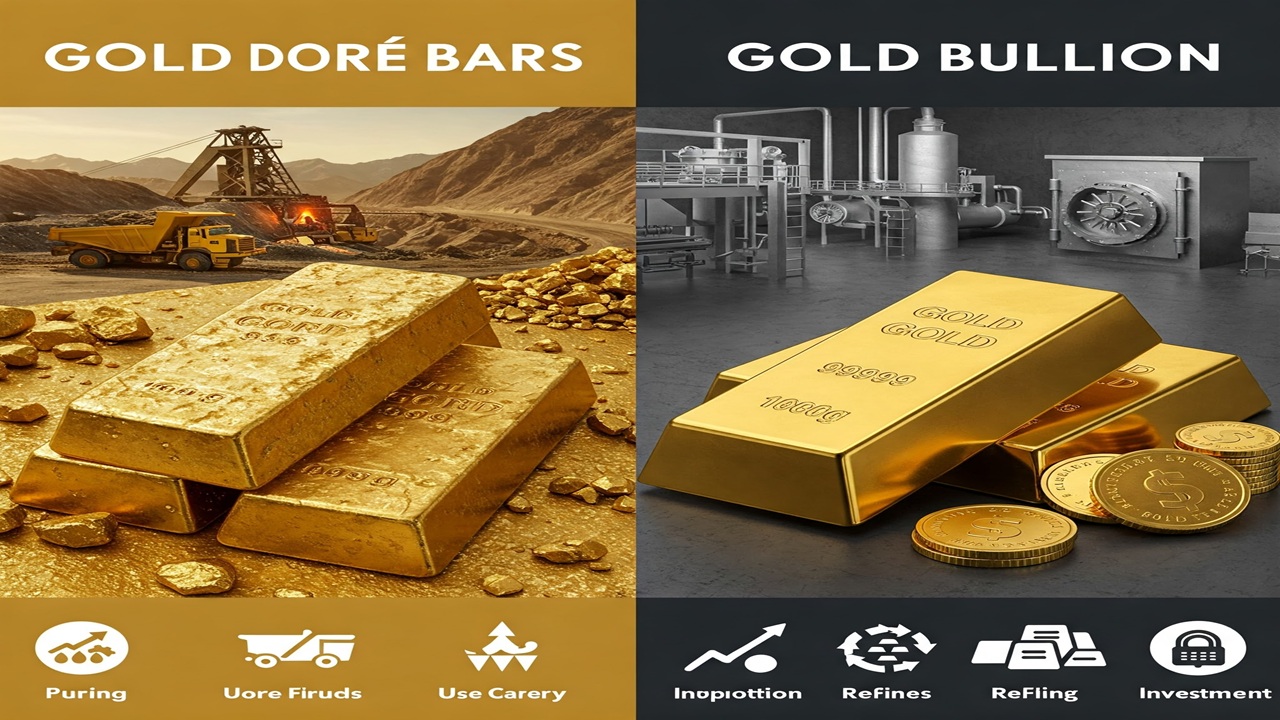How to Refine Gold Without Chemicals: Is It Possible?
Gold, the sun-hued metal that has captivated humanity for millennia, is rarely found in a pure state. Mined gold, or even recycled gold from jewelry or electronics, is typically an alloy, a mixture containing other metals like silver, copper, and base metals.
To unlock its full value and brilliance, gold must be refined – a process of separating it from these impurities to achieve a higher level of purity.
For centuries, and particularly in modern industrial processes, chemical methods have dominated gold refining. Techniques like the use of powerful acids such as aqua regia or the application of electrolysis are highly effective at dissolving and separating gold from other elements.
However, these methods often involve hazardous substances, pose environmental risks, and require careful handling and disposal. This raises a compelling question: is it truly possible to refine gold to a high purity without the use of chemicals?
The answer, as with many complex processes, is nuanced. While achieving the absolute highest purities (often 99.99% or higher) typically relies on chemical or electrochemical techniques, historical practices and certain physical methods offer ways to increase gold’s purity without the strong acids and reagents common today.
However, these methods often come with limitations in the achievable purity level or rely on substances that, while perhaps not “harsh chemicals” in the modern industrial sense, are still chemical compounds or elements used to facilitate separation.
Defining “Without Chemicals”: A Necessary Clarification
Before delving into specific methods, it’s crucial to define what we mean by “without chemicals.” In the strictest sense, virtually any process involving the transformation or separation of matter at a fundamental level involves chemical reactions.
For the purpose of this article, “without chemicals” will primarily refer to methods that do not utilize strong, corrosive acids (like nitric, hydrochloric, or sulfuric acid) or highly reactive reagents commonly employed in modern hydrometallurgical gold refining.
We will explore methods that rely more on physical properties, heat, or naturally occurring substances, while acknowledging that these processes still involve chemical principles and potentially the use of substances that are chemically active.
Ancient Alchemy and the Pursuit of Purity
Historically, the purification of gold was a pursuit deeply intertwined with alchemy and early metallurgy. Ancient civilizations developed ingenious techniques to separate gold from other materials, often relying on differences in physical properties and reactions at high temperatures.
These methods, while perhaps not yielding the ultra-high purities of today, were effective for their time and provide valuable insights into non-chemical or less-chemical approaches.
One of the earliest and most significant non-chemical separation techniques was panning and sluicing. While primarily a method of separation of gold particles from lighter materials like sand and gravel based on gold’s high density, it was a crucial first step in obtaining a gold concentrate.
This purely physical method, relying on gravity and water flow, is still used by artisanal miners today. It doesn’t refine gold in the sense of removing impurities from within the gold itself or its alloys, but it effectively separates gold from its geological matrix.
Another ancient technique with elements of non-chemical processing is cupellation. Practiced for millennia, cupellation is a high-temperature process used to separate noble metals like gold and silver from base metals (such as lead, copper, tin, and antimony).
The process involves heating the impure gold alloy in a porous cupel, traditionally made of bone ash or magnesia. Lead is typically added to the alloy. When heated in an oxidizing atmosphere, the base metals oxidize and are absorbed into the cupel, or form a separate slag, while the gold and silver remain as a molten metallic bead.
While cupellation doesn’t use strong acids, it does rely on chemical reactions (oxidation) and the use of lead, which is a chemical element.
However, the separation is driven by the difference in reactivity and the physical absorption properties of the cupel at high temperatures, rather than selective dissolution in acids.
Cupellation is effective at removing base metals but does not separate gold from silver, which forms an alloy with gold. Further refining steps would be needed to achieve pure gold if silver is present.
Fire Assay: A Quantitative, High-Temperature Method
Closely related to cupellation is the fire assay process, a cornerstone of analytical chemistry and metallurgy for centuries. While often used for quantitative analysis (determining the amount of gold in an ore or alloy), the initial stages involve separation akin to refining.
The process typically involves mixing a weighed sample of the gold-bearing material with fluxes (such as lead oxide, borax, and soda ash) and a reducing agent (like charcoal or flour). This mixture is heated to high temperatures in a furnace.
The fluxes react with the impurities, forming a molten slag, while the lead oxide is reduced to molten lead, which collects the precious metals (gold and silver).
The dense lead-gold-silver alloy sinks to the bottom, separating from the lighter slag. The lead button is then subjected to cupellation to remove the lead and other base metals, leaving a bead of doré metal (a gold-silver alloy).
Again, fire assay involves chemical reactions facilitated by high temperatures and fluxes. While the goal is often analysis, the initial steps achieve a significant degree of separation and concentration of gold and silver away from base metals and gangue (rock). The “chemical” aspect here lies in the fluxes used to create the slag and reduce the lead.
Amalgamation: A Method with Chemical Considerations
Historically, another widely used method for recovering fine gold particles, particularly from placer deposits, was amalgamation with mercury.
This process relies on the property of gold to form an amalgam (an alloy) with mercury. Gold-bearing material is mixed with mercury, and the gold particles are absorbed into the mercury, forming a pasty amalgam.
The amalgam is then separated from the remaining material. To recover the gold, the amalgam is heated, causing the mercury to vaporize, leaving the gold behind.
While mercury is a naturally occurring element, its use in amalgamation is a chemical process where gold dissolves into mercury to form an intermetallic compound. Furthermore, mercury is highly toxic, and the vaporization process releases hazardous mercury vapor, posing significant environmental and health risks.
Therefore, while historically significant and not relying on strong acids, amalgamation doesn’t fit a strict definition of “refining without chemicals” due to the chemical interaction with and the toxic nature of mercury. Its use has significantly declined due to environmental concerns.
Physical Separation Techniques: Concentration, Not Pure Refining
Modern mineral processing utilizes various physical separation techniques that do not involve chemical reactions to separate gold from ore. These methods primarily rely on differences in physical properties such as density, size, shape, and magnetic susceptibility. Examples include:
- Gravity Separation: Similar to panning and sluicing, but using more sophisticated equipment like jigs, shaking tables, and centrifugal concentrators. These methods exploit the high density of gold to separate it from lighter gangue minerals.
- Flotation: This technique is used to separate fine gold particles, often those associated with sulfide minerals. It involves adding chemicals (collectors, frothers, modifiers) to a slurry to make the gold particles hydrophobic (water-repelling) so they attach to air bubbles and float to the surface, where they can be collected as a concentrate. While the separation is physical (attachment to bubbles), it requires the use of chemical reagents to modify the surface properties of the minerals.
- Magnetic Separation: If gold is associated with magnetic minerals, magnetic separators can be used to remove these impurities, thereby concentrating the gold. This is a physical separation method.
- Screening and Grinding: These are preparatory steps that reduce the size of the ore particles, which can help liberate gold particles and make them amenable to other separation techniques. These are purely physical processes.
While these physical methods are essential for concentrating gold from large volumes of ore, they do not achieve the high purities required for refined gold.
The concentrate obtained from these methods still contains other metals and impurities that need further processing, typically involving chemical or high-temperature refining methods, to reach high purity.
High-Temperature Processes Without Added Chemicals?
Could high temperatures alone, without added fluxes or lead, refine gold? Simply melting impure gold might allow for some separation of very low-melting point impurities or volatile substances, but it would not effectively remove other metals that readily alloy with gold at high temperatures, such as silver or copper.
Achieving separation of closely related metals like gold and silver through melting alone is not feasible due to their similar melting points and tendency to form solid solutions.
Zone refining is a high-temperature technique used in some metallurgical processes to purify metals. It involves melting a narrow band of a metal bar and slowly moving the molten zone along the bar. Impurities tend to concentrate in the molten zone and are thus moved to one end of the bar, leaving a purer metal behind.
While primarily a physical process driven by the differential solubility of impurities in the solid and liquid phases, applying this to complex gold alloys to achieve high purity without any chemical interaction or fluxing agents would be extremely challenging and energy-intensive, and likely not as effective as chemical methods for removing a wide range of impurities.
Modern “Greener” Approaches: Reducing, Not Eliminating, Chemicals
In response to the environmental concerns associated with traditional chemical refining methods, research is ongoing to develop more environmentally friendly alternatives.
These often aim to reduce the amount or toxicity of chemicals used, rather than eliminating them entirely. Examples include:
- Thiosulfate Leaching: This method uses thiosulfate compounds instead of cyanide to dissolve gold. While considered less toxic than cyanide, it is still a chemical process involving chemical reactions to form soluble gold complexes.
- Bioleaching: This technique uses microorganisms to help dissolve gold or break down the minerals that lock up gold, making it accessible for recovery. This is a biological process that facilitates chemical reactions.
- Adsorption onto Novel Materials: Researchers are developing new materials, such as certain polymers or carbon-based materials, that can selectively adsorb gold from solutions, potentially reducing the need for strong chemical reagents for dissolution. However, the process of initially getting the gold into a solution from which it can be adsorbed often still involves some form of chemical leaching, albeit potentially with less harsh chemicals.
These emerging methods represent significant progress in making gold refining more sustainable, but they typically involve alternative chemical pathways rather than being truly chemical-free.
The Limits of Non-Chemical Refining for High Purity
Based on historical practices and current technological understanding, achieving high-purity gold (e.g., 99.9% or 99.99%) without the use of chemicals, broadly defined to include reactive elements and compounds used in high-temperature processes, appears to be impractical or impossible with currently known methods.
The primary challenge lies in separating gold from other metals that are chemically very similar or form stable alloys.
Physical methods can separate based on properties like density or magnetism, which are useful for initial concentration but not for removing impurities at the atomic level within a metallic lattice.
High-temperature methods like cupellation rely on differential oxidation and absorption, but they are effective mainly for base metals and don’t efficiently separate gold from silver without further chemical steps (like parting with nitric acid).
To break the chemical bonds between gold and other elements in an alloy and selectively remove those other elements requires chemical reactions.
Whether these reactions are driven by strong acids, electrochemical processes, or alternative reagents, they fundamentally involve chemical transformations.
Final Thoughts: A Matter of Purity and Practicality
While it is possible to perform initial separation and concentration of gold from its ore using purely physical methods like panning or gravity separation, these techniques do not constitute refining to a high purity.
Historical methods like cupellation and fire assay utilize high temperatures and certain chemical compounds (like lead and fluxes) to remove base metal impurities, but they still fall short of producing high-purity gold without subsequent chemical “parting” to separate gold from silver.
Achieving the high levels of gold purity demanded by modern industry, investment, and technology (where even trace impurities can affect properties) currently necessitates the use of chemical or electrochemical processes.
These methods offer the precise control needed to selectively dissolve, precipitate, or deposit gold, leaving impurities behind.
Therefore, while the idea of refining gold completely without chemicals is appealing from an environmental and safety perspective, the scientific reality is that achieving high purity requires leveraging chemical principles to separate gold from intimately mixed impurities.
Ongoing research into greener methods focuses on finding less hazardous chemical routes and improving the efficiency of physical separations, but a truly chemical-free process for high-purity gold refining remains a significant scientific and engineering challenge.
The historical methods provide valuable context and demonstrate ingenuity in purification with limited resources, but they also highlight the inherent difficulties in achieving high purity without targeted chemical reactions.
For now, chemicals, albeit with increasing efforts towards responsible use and less toxic alternatives, remain an indispensable tool in the pursuit of pure gold.



